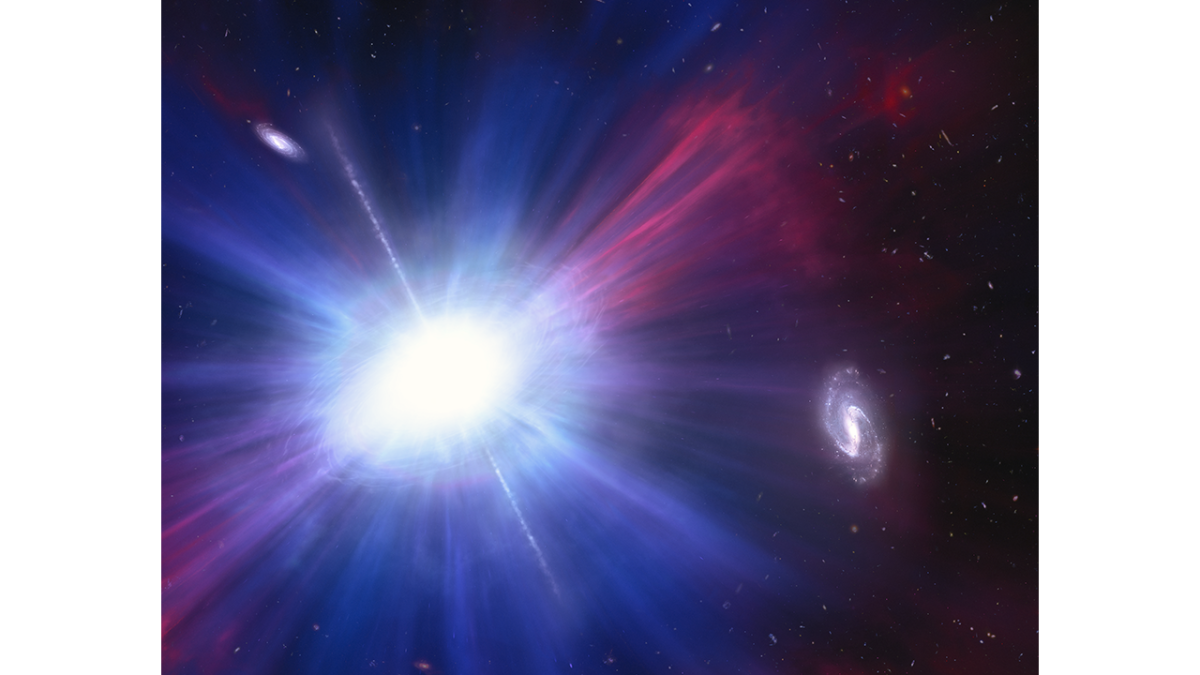NASA’s Hubble space telescope has observed a Luminous Fast Blue Optical Transit phenomenon more than 15,000 light-years away. The LFBOT observed was not in an expected location, for it was between two galaxies despite previous events that were observed and those expected to happen, inside galaxies.
These events have only been recently viewed and documented,as the first recorded observation of an LFBOT was in 2018; about 200 million light years away. Scientists are still unsure of the nature of these explosions but have many speculations. Only one LFBOT has been detected per year since the initial discovery.
The observation was executed with more telescopes than just Hubble. All being ground-based but ranging in types from X-ray to radio waves.
The Hubble confirmed the location and got the view of the intense blue for the course of a few days. NASA compared the time it took to fade with how long it takes a supernova to fade, which is a few weeks or months. This only raised more questions about the nature of this explosion.
The Gemini South telescope located in Chile observed the event, and recorded that the explosion reached a maximum temperature of 36,000 degrees Fahrenheit (approximately 20,000 degrees Celsius).
This telescope also assisted the Hubble telescope in the confirmation of the location. NASA’s Chandra X-ray Observatory and the National Science Foundation’s large array of telescopes helped aid the confirmation of it being an LFBOT.
It has been speculated that this is a rare type of supernova, called a core collapse supernova, where the star that produced the supernova had a shorter life when compared to normal life spans of stars. This normally happens in star clusters in spiral galaxies. However, the explosion happened outside of a galaxy, and it would have taken a lot of time for the star to travel to the location where it was observed.
It has also been speculated that it was a star that was forcefully ripped apart by an intermediate size black hole. The James Webb Space Telescope is planned to use its infrared to see if the explosion took place in a globular star cluster in the outer halo of the nearest galaxy. This is where a black hole of this size could possibly exist.
More theories include the collision between two neutron stars and that one of them was highly magnetized.
A normal neutron star collision is much greater than a normal supernova, but the inclusion of a magnetized star makes it even greater.
The event has presented more questions than answers to the nature of LFBOT’s. NASA is relying on the next LFBOT to be observed to gain more insight to move forward and make any claims about and possible reasons for this phenomenon.
NASA Detects Rare Explosion
0




